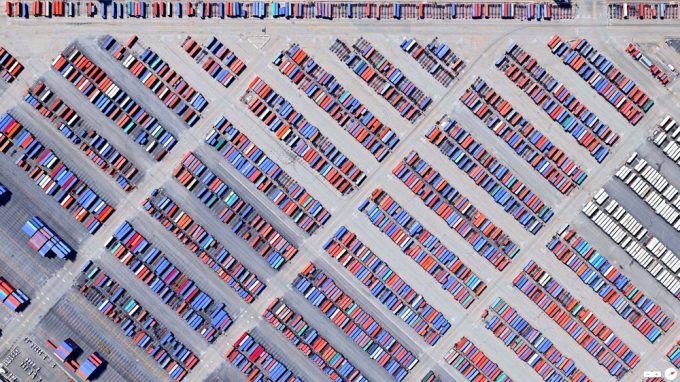Front-loading flurry leads to a record month at US west coast port
June was a record month for one major US west coast port as the ‘tariff ...

There was no improvement in liner schedule reliability last month, with US inland logistics bottlenecks blamed for creating a vicious cycle of global supply chain delays.
New data from Sea-Intelligence shows around two out of every three vessels around the globe severely delayed last month, according ...

Comment on this article